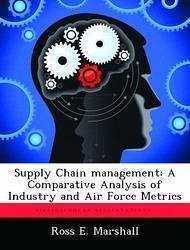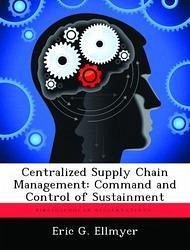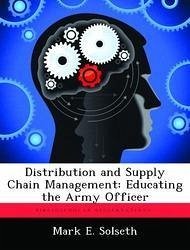
An Exploratory Case Study of Information-Sharing and Collaboration Within Air Force Supply Chain Management
Versandkostenfrei!
Versandfertig in über 4 Wochen
53,99 €
inkl. MwSt.

PAYBACK Punkte
27 °P sammeln!
Private industry has proven the advantages of sharing and using information across the supply chain to engage in collaborative decision-making to improve supply chain operations. This research identifies key elements of the Air Force supply chain as it relates to industry, determines how techniques of information-sharing and collaboration are used to make Air Force Supply Chain decisions and how the resulting impacts on operational readiness may be measured. Using cases study methodology the supply chains supporting the PTO shafts on both the F-15 and the T-38 engines were investigated, studyi...
Private industry has proven the advantages of sharing and using information across the supply chain to engage in collaborative decision-making to improve supply chain operations. This research identifies key elements of the Air Force supply chain as it relates to industry, determines how techniques of information-sharing and collaboration are used to make Air Force Supply Chain decisions and how the resulting impacts on operational readiness may be measured. Using cases study methodology the supply chains supporting the PTO shafts on both the F-15 and the T-38 engines were investigated, studying the application of information-sharing and collaboration in two distinct Air Force supply chains. Cross-case comparative analysis evaluated each supply chain's characteristics and the levels of information-sharing and collaboration. The research identified that proactive sharing of information and collaborative decision-making for the T-38 avoiding supply chain failures, while the F-15 supply chain was reactive, failing to collaborate or share information, resulting in a failure of the supply chain, and an increase in the MICAP rate. The F-15 community used information-sharing to recover from this failure. Information-sharing and collaboration seems to positively impact Air Force aircraft availability, but not generally recognized as a necessary supply chain practice. This effort provided insight into the interactions and complexities of the Air Force supply chain, highlighting a need for a more thorough evaluation of the impact of supply chain relationships, information-sharing and collaborative decision-making on operational readiness.












